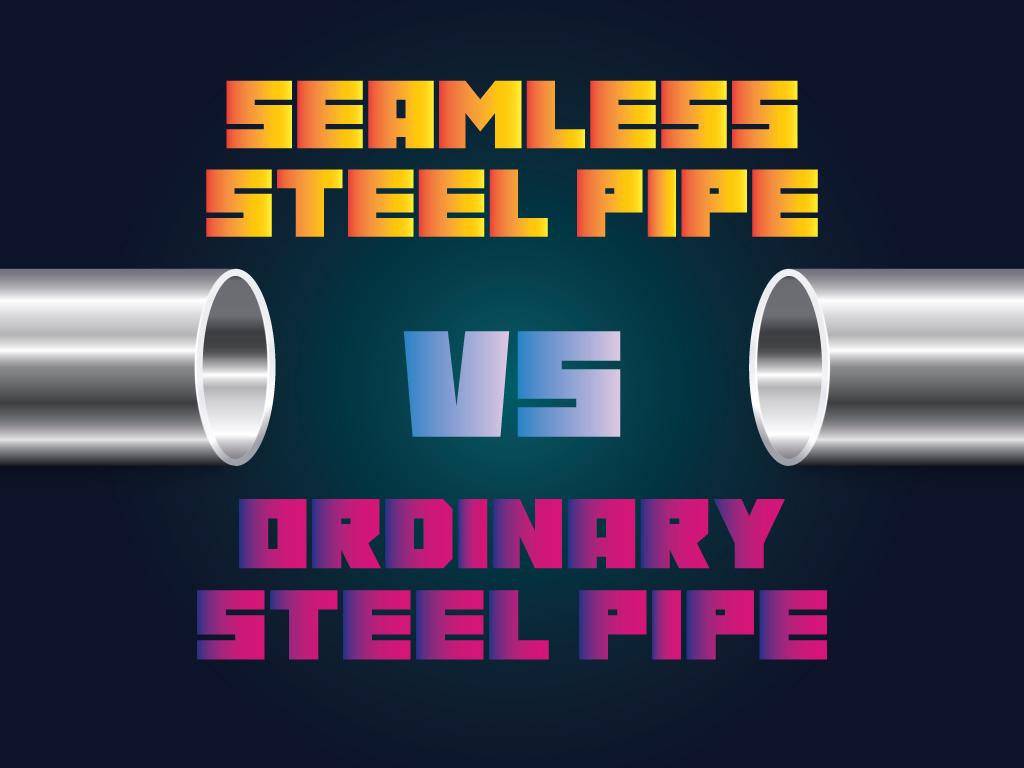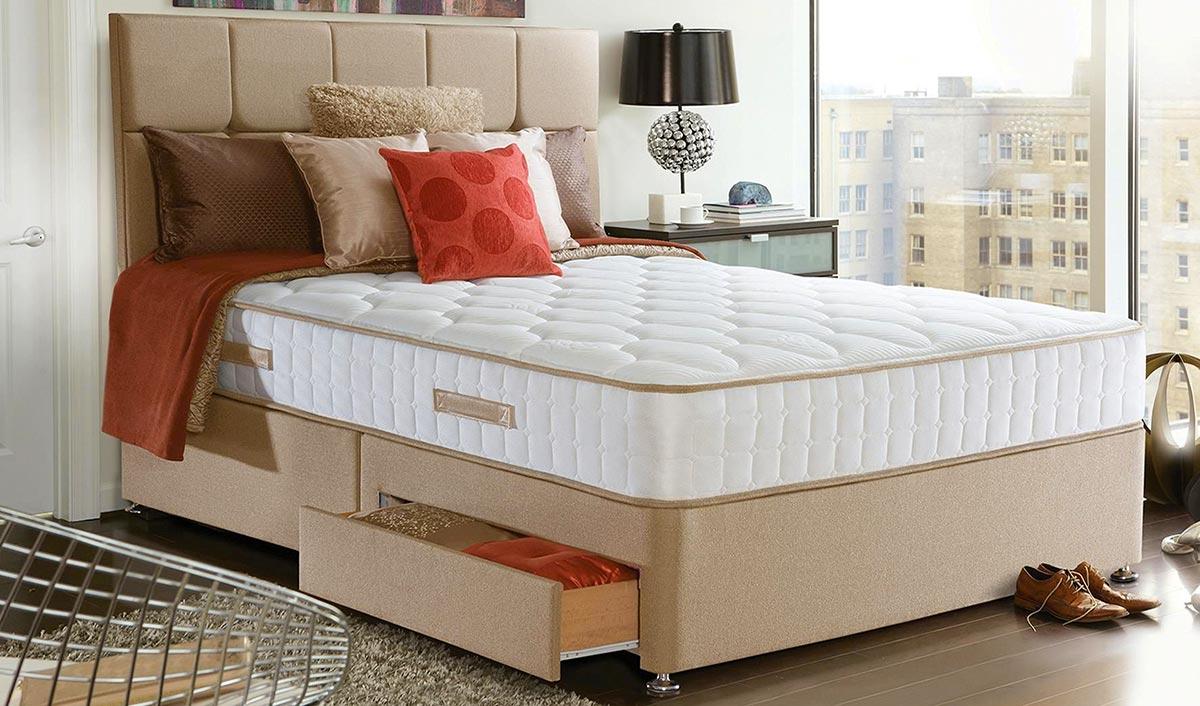
A steel pipe can be classified according to the manufacturing process, particularly seamless and ordinary steel pipes. Ordinary pipes are also most commonly referred to as welded, or non-seamless pipes, as evidenced by their appearance. Meanwhile, seamless pipes, as the name suggests, are pipes that don’t have any seams, joints, or weld lines in them. While this has several design implications, the presence of seams can also affect the durability of the material, and how to fit it can be used for other purposes.
Between seamless and non-seamless pipes, there are several differences that you may notice, such as the price, length, corrosion-resistance, pressure capacity, production method, or the kind of application.
A seamless pipe might be better in delivering consistent pressure when transmitting or storing fluids, but it does have limitations on the length. Welded/non-seamless pipes might be easier to manufacture, but they may not be the best choice, especially in high-pressure environments. Continue reading to learn more
Production Method
The production method is where you’ll find stark differences between seamless steel pipes and welded pipes. Seamless pipes are primarily produced through a process known as extrusion, while welded pipes, process involves cold-forming a steel sheet metal and then joining the ends together.
For seamless pipe manufacturing, it starts with a casted steel billet. A billet is a refined steel product that is used in a wide variety of manufacturing techniques, from steel sections, angled beams, and more commonly, seamless pipes. In this method, the steel billet is punched and forced through a cross-sectional die. The resulting product is a hollow, seamless pipe that takes the cross-sections of the tooling die. Manufacturers can apply other secondary techniques to refine the shape of the material and make it more consistent. Afterwhich, it can undergo hydrostatic testing to ensure that the pipe remains durable and won’t form cracks that may cause leaks.
In manufacturing welded pipes, the primary process involved is called cold forming or cold rolling of a steel sheet. Unlike heat treatment methods which involve heat application, cold forming of welded pipes is done in room temperature environments.
The welded pipes will then undergo ERW or Electronic-Resistance Welding wherein both the edges of the pipe are combined without any need for welding filler. The resulting product is a pipe that has visible, but minor seams, ready to be distributed for use.
Price
Basing simply on the two processes above, you might have an idea of which of the two types of pipes is more expensive — seamless pipes. This is mainly due to the manufacturing technique of the seamless pipes which involves an extrusion machine and careful inspection of the die (made out of tool steel). This is done to ensure there are no unwanted materials that are lodged in the die’s cross-section that can affect the shape of the resulting seamless pipe.
Manufacturing welded pipes — although it involves a significant degree of precision and accuracy — can be done easier, making them far more affordable compared to seamless pipes.
However, due to shifts in market demand, there are some cases wherein the seamless pipe is cheaper to purchase than the welded pipes. Keep this in mind when you’re trying to choose affordably, yet high-quality pipes for any project.
Corrosion-Resistance
Unless seamless steel pipes and welded pipes have both been galvanized, they won’t be totally resistant to corrosion, but the seamless pipe is the better material that can combat this change.
In welded pipes, the manufacturing process can cause unwanted substances to affect the welded portions of the pipe. Some defects can take place during the welding process, affecting the quality of the weld and making it prone to damaging chemical changes. For example, when the welded pipe is already in use in transferring fluids, the fluid can cause reactions to the welded seams and affect the uniformity of pressure exhibited by the pipe. This may also lead to unwanted calcium deposits that may become time-consuming to remove.
If you need totally corrosion-resistant pipes, the best choice would be to go for galvanized seamless pipes, but if this option isn’t available, then a non-coated seamless pipe would be a better option.
Length
Welded pipes can come in various dimensions and lengths, meaning you have a wide range of options when using them for plumbing or HVAC systems, for example. You won’t find the same case with seamless pipes since manufacturers are limited to the sizes and wall thickness than seamless pipes can have.
Seamless pipes can be made with nominal pipe sizes that range from ⅛-inch to 36 inches, compared to the 72-inch upper range for the welded pipe. Although the sizing options are limited for the seamless pipe, it’s able to perform better in applications where there are extreme and varying changes in temperature.
In this case, buying welded pipes may be more budget-friendly, since you only need to connect a few of them. Whereas with seamless pipes, you may need twice the material just to achieve the same length.
Key Takeaway
When you’re choosing a steel pipe, you can be met with two options, namely the seamless and the non-seamless pipe. The major difference between each of these has to do with the method of manufacturing — i.e. extrusion for seamless pipes and cold-working for welded pipes.
There is no right solution on which of the two pipes are better because it ultimately depends on the situation. To make the best choice, you should consult with your steel supplier/manufacturer first so that you know you’re buying the most appropriate material for a specific application.
Also read about:
Tips on Passing the 350 201 Cisco Performing CyberOps Using Core Security Technologies
10 Tips To Ensure Beautiful Embroidery On T Shirts
4 Reasons Why Tree Dies










More Stories
Budget Friendly and Same Day Stove Repair Services in Atlanta
5 Extension Cord Safety Tips For Your Home
8 Best Plumbing Tools Review 2021
How Air Compressor works and buying Guide
Top 5 best elliptical cross trainers for home use you must read to grow your knowledge
A Guide To Effectively Use Google Tools